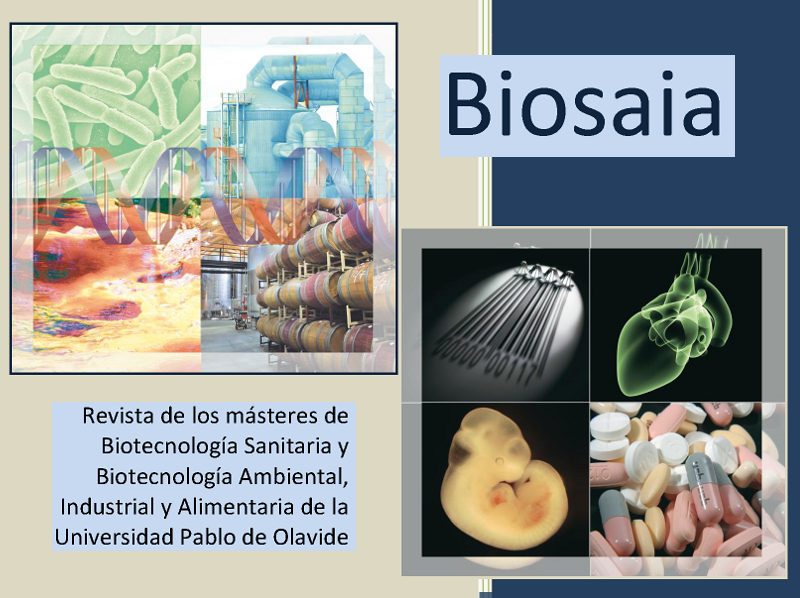Crop improvement through microbial biofertilisers and molecular markers of salt stress
Resumen
The exponential growth of the population, the trend towards organic food consumption and the increasingly restrictive regulations imposed by the European Union are forcing the agricultural sector to evolve towards more sustainable practices that are less harmful to the environment. In addition to these challenges, farmers need to cope with other biotic and abiotic factors affecting plant productivity, such as drought, diseases and pests. To that end, biotechnological approaches to obtain food in a sustainable way are being explored.
The lower Guadalquivir region, at the South of Spain, contains the largest area devoted to intensive agriculture practices in Andalusia. This region faces two main problems, which are high salinity in irrigation water and N contamination by synthetic fertilizers (Paredes et al., 2020). In this work we provide two different biotechnological approaches to address these problems:
1) We have characterized salt resistance in nine rice varieties that are being cultivated in the Guadalquivir paddies. This analysis has been complemented through morphological, physiological and biochemical approaches, using analytical methods such as HPLC and mass chromatography, among others. We have identified metabolites that are overproduced in salt stress conditions and might be used for the early detection of salt stress in the plant. A comparative analysis of the different rice varieties analysed provided valued information about the different tolerance to salt.
2) In order to reduce the use of synthetic nitrogen fertilizers, we tested three bioinoculants that had been previously isolated from cotton soils. First, we characterized them biochemically for the PGPR activities, comprising N2 fixation and production of plant phytohormones. Effectiveness of these bioinoculants was assayed in microcosms experiments. We found a significant plant growth stimulation in two of the three bioinoculants evaluated.
Descargas
Citas
Paredes, I., Otero, N., Soler, A., Green, A. J., & Soto, D. X. (2020). Agricultural and urban delivered nitrate pollution input to Mediterranean temporary freshwaters. Agriculture, Ecosystems & Environment, 294, 106859.
Descargas
Publicado
Versiones
- 2022-03-18 (2)
- 2022-03-17 (1)
Cómo citar
Número
Sección
Licencia
Derechos de autor 2022 Biosaia: Revista de los másteres de Biotecnología Sanitaria y Biotecnología Ambiental, Industrial y Alimentaria

Esta obra está bajo una licencia internacional Creative Commons Atribución-NoComercial-CompartirIgual 4.0.





